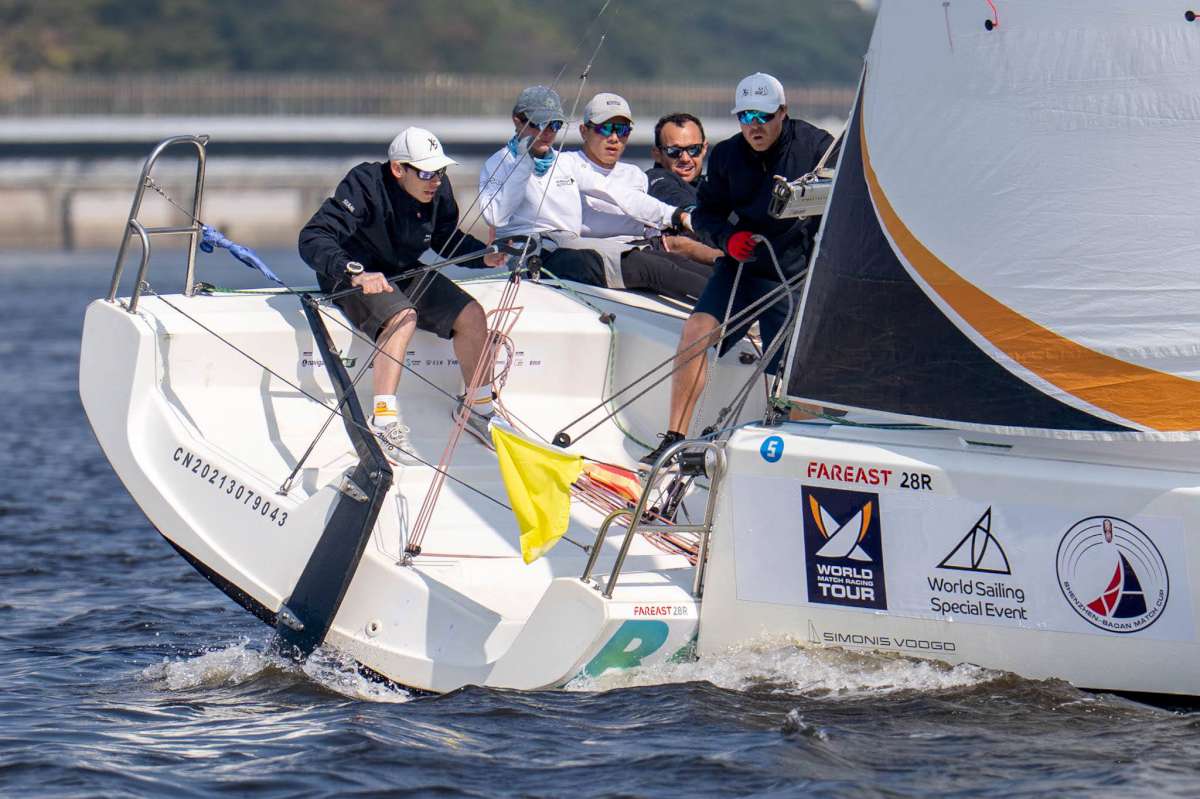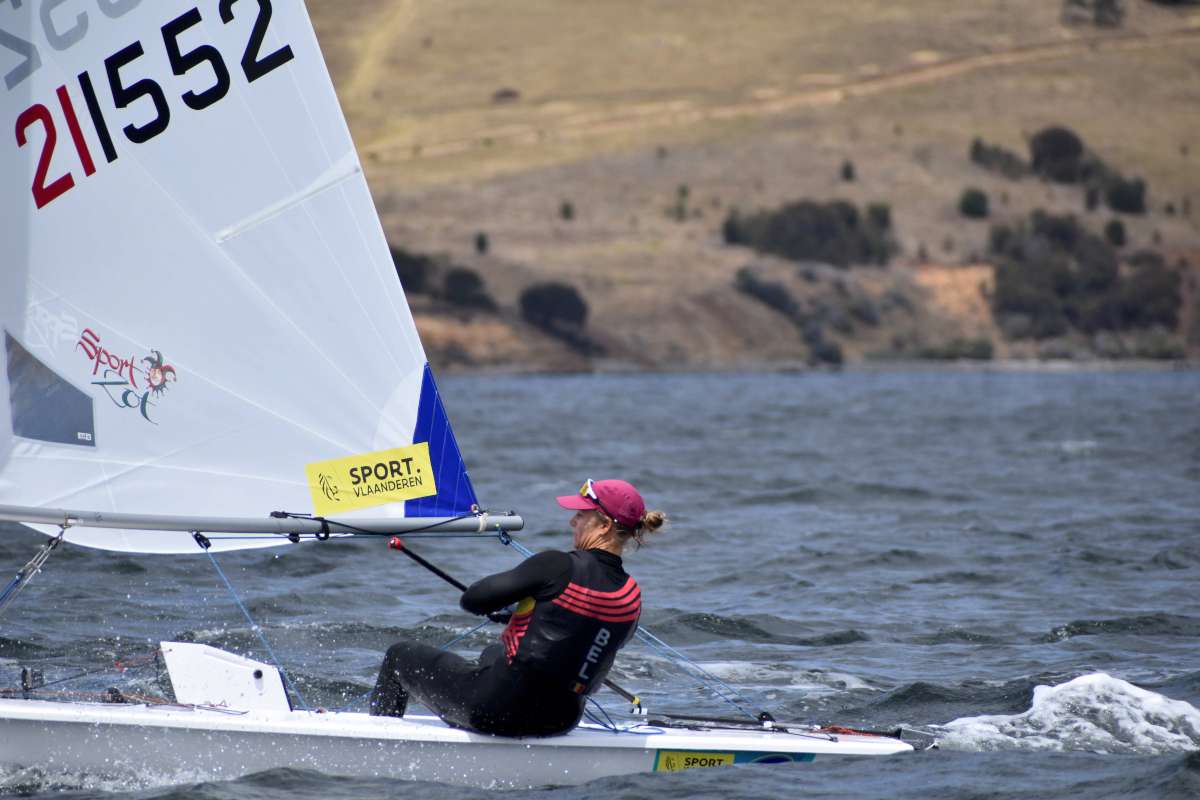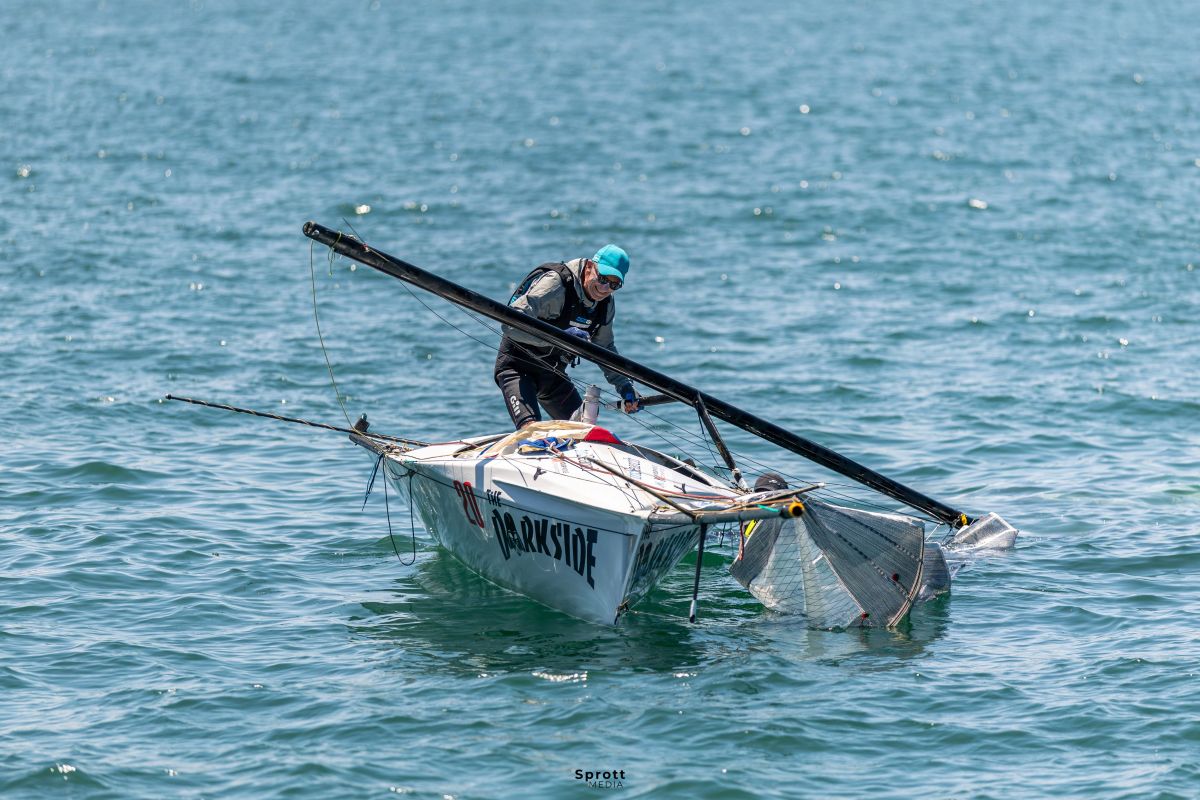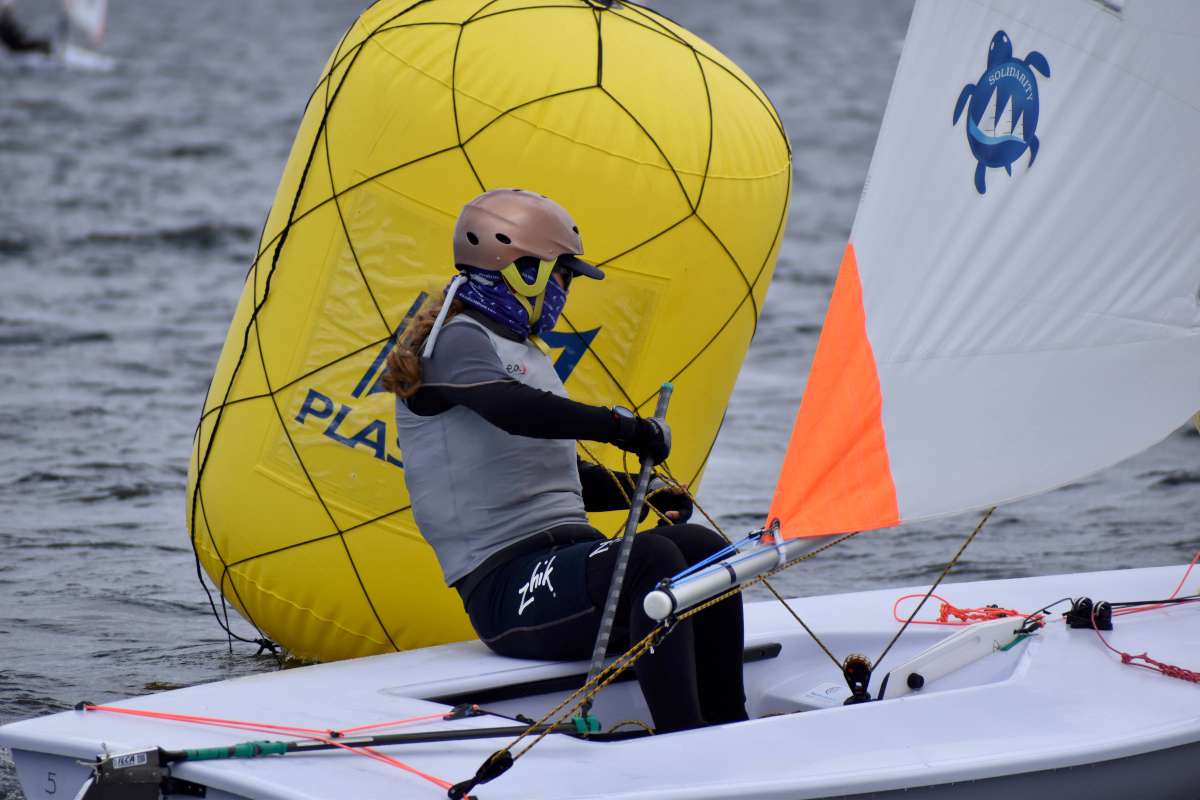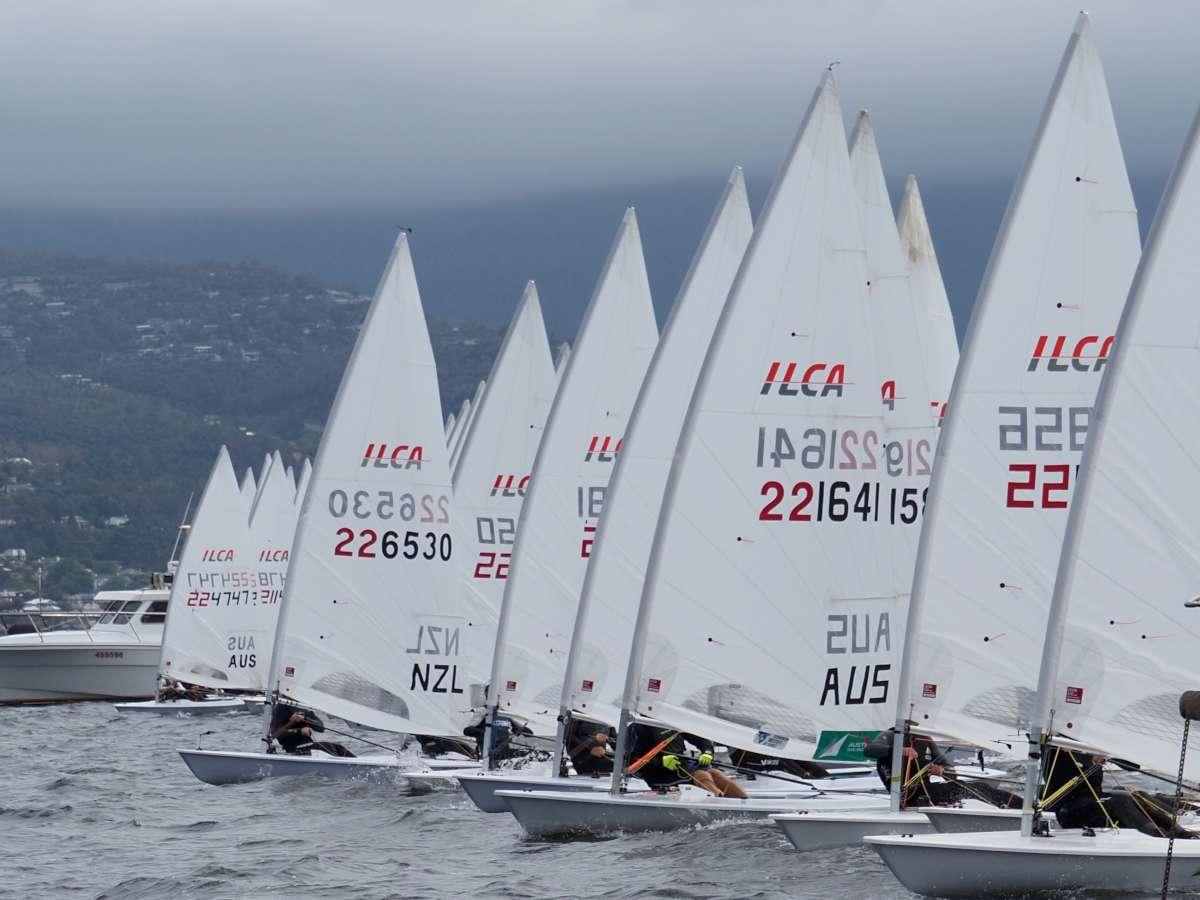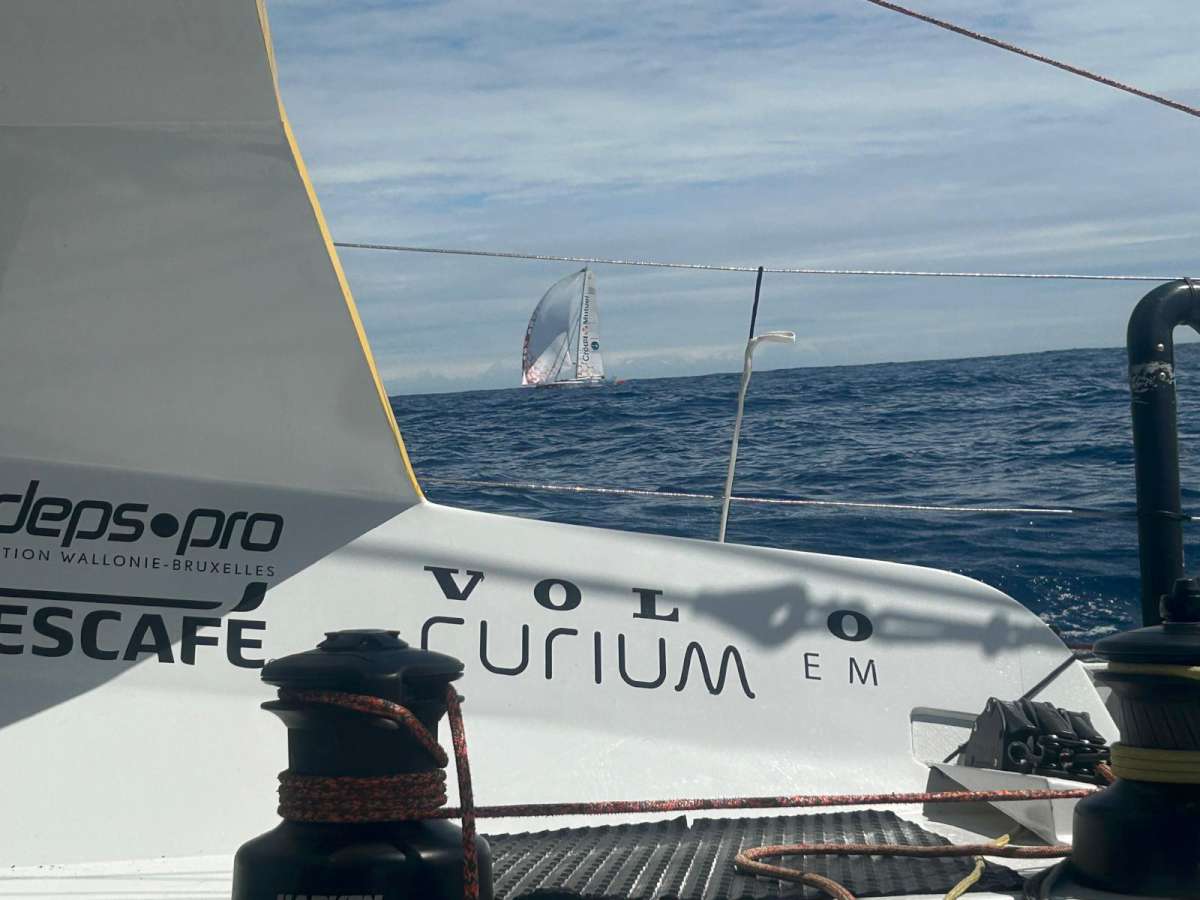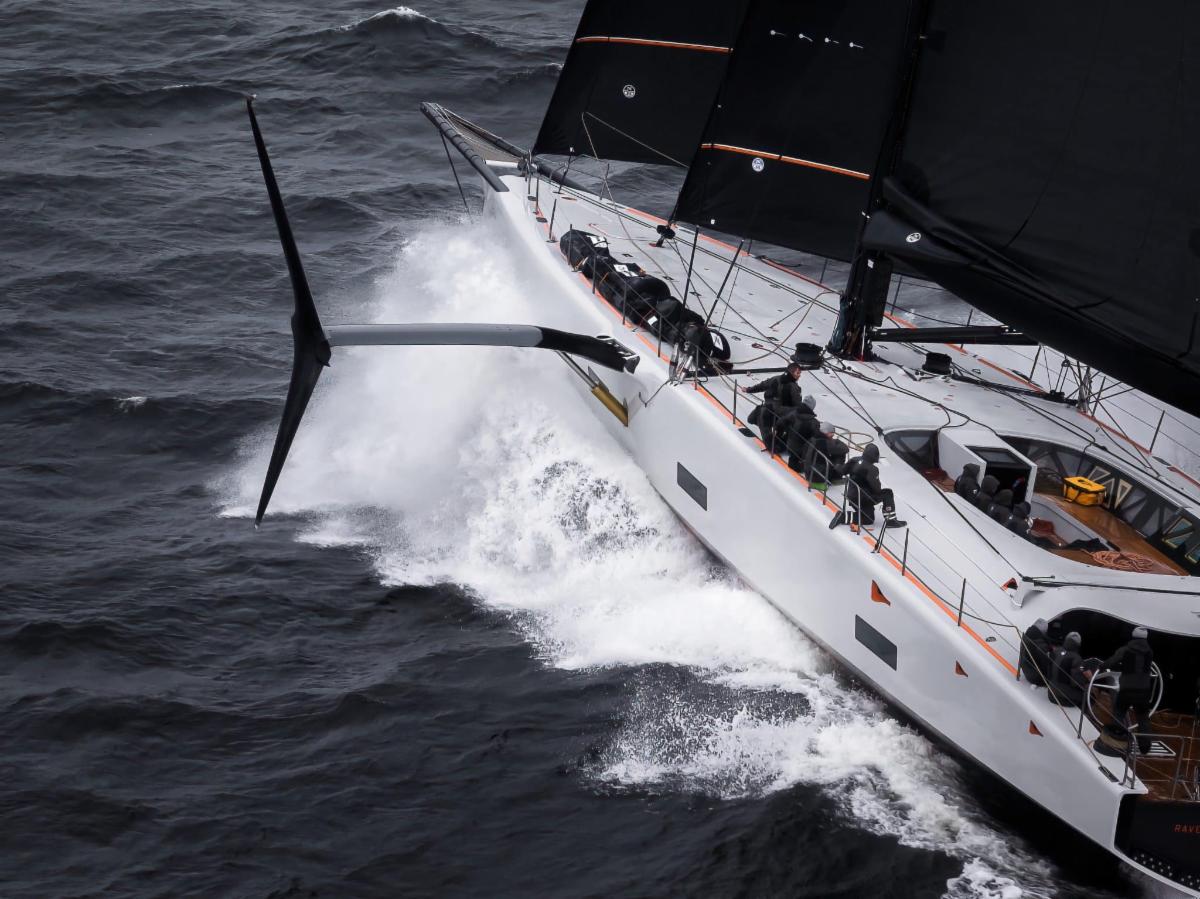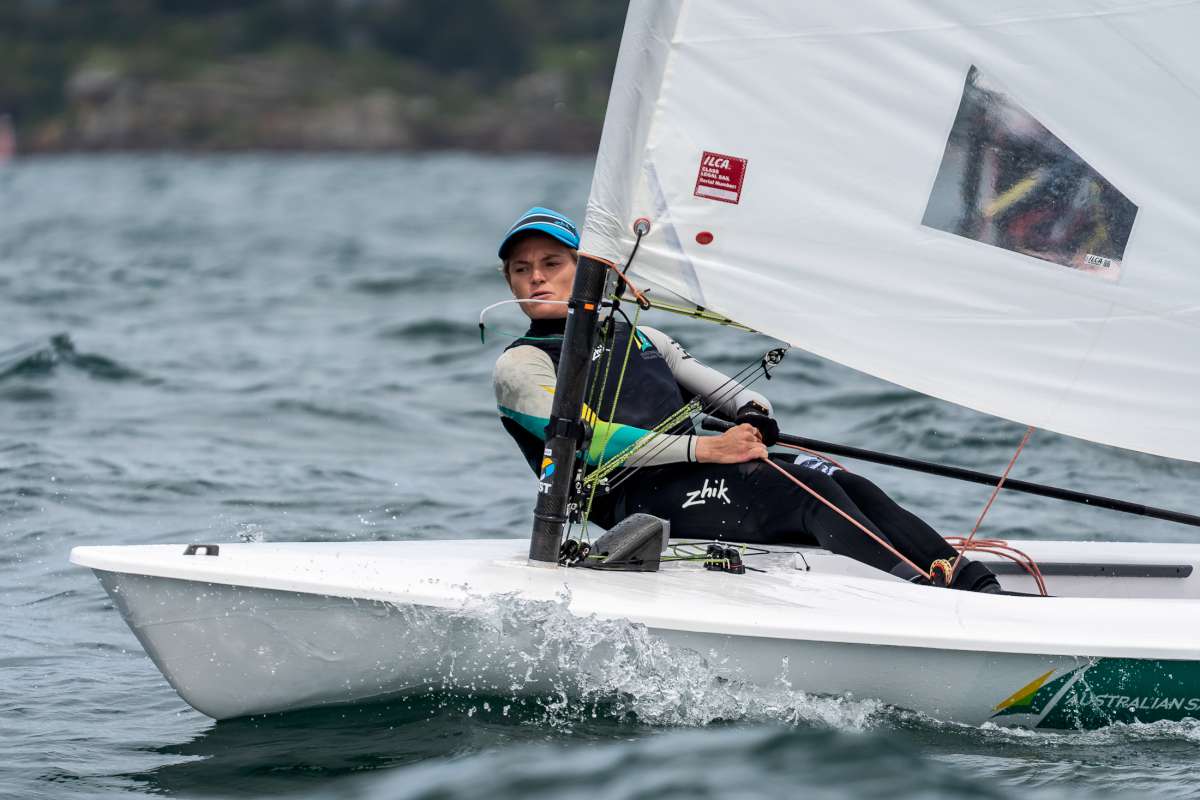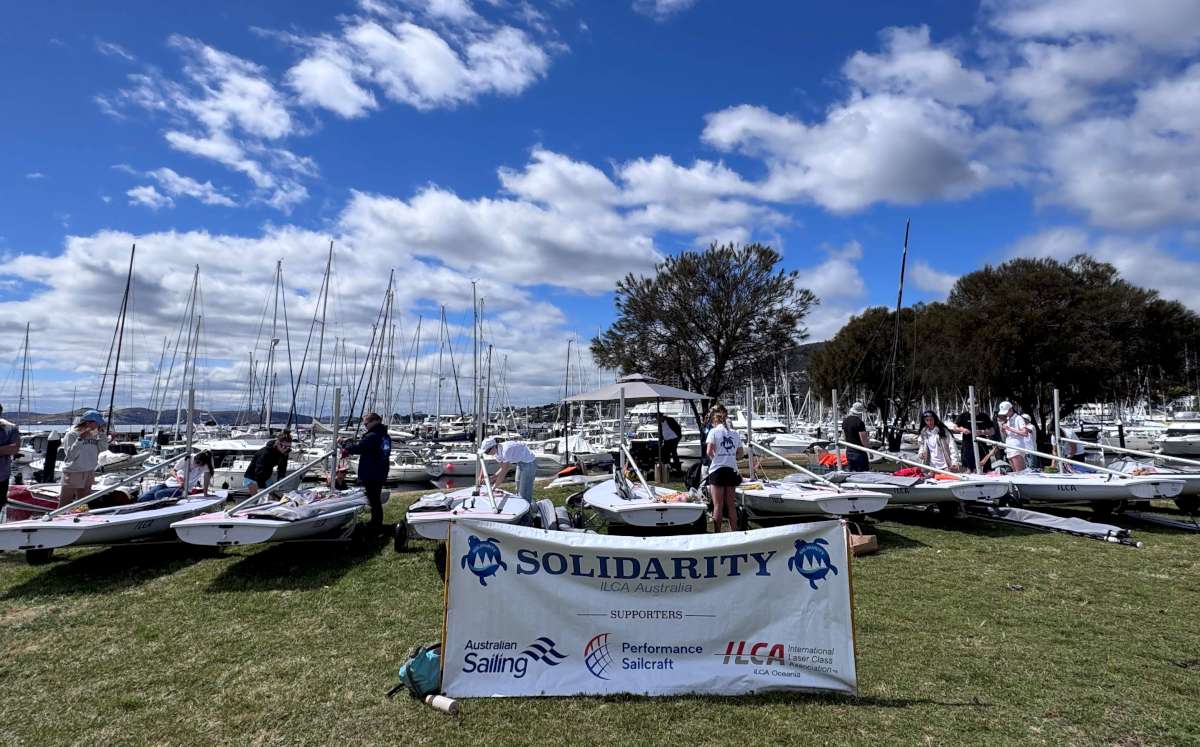Yachts cruising overseas require a little more paperwork than the average airline traveller.
Doing the preparation early pays off and avoids nasty fines, as witnessed recently for cruising sailors to Australia. While we all hate the paper work, there are good reasons behind most of the rules and regulations laid out in the Customs Act.
It is the skipper's responsibility to see that all these rules are adhered to by all persons on board.
Carefully check all crew passports and visas to see that they are up to date and will remain so for the duration of the voyage. I know one skipper who was heavily fined because a crew member's visa ran out before they returned to Australia. A key tip is to always carry at least two photocopies of all official documents on board and store them in different places on the vessel so that if one lot is kept by some overseas official you still have papers. I once found myself in the situation of returning to Australia without our original passports. There was no problem this end, but it did take a couple of months to have the originals returned from the other country.
Most of the Custom's regulations are a 'one size fits all' model and so there can be lots of problems with cruising yachts that rely on the wind to get you to your destination. There has been a lot written in the popular press about how our government treats the cruising sailor. The biggest problem is the 96-hour notification prior to your arrival back into Australia. Friends who have cruised SE Asia for the past couple of years and visited several countries in that time found no problems on the trip as on arrival in the new country a valid visa was issued to them.
Not so in Australia where you have to obtain a visa before you enter the country. One would assume that all relevant checks would have been made by the authorities before issuing the visa so why such insistence on such a lead-up time of arriving in this country – Especially if you are an Australian citizen. I am told that America has a similar system but they exempt cruising yachts.
Now supposing you are cruising overseas. How are you going to notify the authorities in Australia when you are going to return? Our very modern Customs Department does not have access to HF radio. You have to notify them by telephone, fax, or email 96 hours prior to your estimated time of arrival. In some small countries, this can be both difficult and expensive. So, before leaving you need to sort out how to contact authorities on your return; and to do this all the relevant information should be on board.
One of the easiest ways to communication while cruising is to have Sailmail attached to your HF radio so you can email from anywhere. If you do not have Sailmail then you will be obliged to send the information from your last port before arriving in Australia. There is a central contact in Australia for this information but it is not infallible.
As you usually know your entry port it's a good idea to have the relevant contact numbers for the Customs at that port. This allows you to deal directly with the people who are going to clear you in. Also, make sure during any conversations that you obtain the name of the person you are speaking with and enter the information into your log.
Contingencies
The vagaries of cruising are such that you may not arrive on the date Customs were told. While this change can be stressful, there is quite a bit of latitude given so do not lose much sleep over it. You may get to the situation where your visa has run out for the country you are leaving before arriving in Australia so you are obliged to officially leave that country. But, at the same time, you may not have a weather window suitable for the trip home. Then you need to shelter behind some island and wait for the weather to be right. This is quite legitimate. Most cruisers have HF radio to be able to talk to other boats over great distances.
If you have HF but no facilities for email then a handy tip is to be aware that there are a group of cruisers operating out of the Queensland coast who meet most mornings on channel 8161 at 0800 hours each day. It is called the Sheila Net and by contacting them on your approach to Australia, information can be emailed to Customs about a late arrival.
Another problem is that some entry ports may not have VHF communication so another sort of communication, like a mobile phone, may be required. It's best to find out all this information about your entry port before you leave on your trip. There is no charge for Customs but there is a hefty charge for Quarantine. Australian Quarantine and Inspection Service (AQUIS) arrives at the same time as Customs and they charge overtime for out-of-hours or weekends so it is best to plan an arrival for week days. Should you get in during the night, just anchor off and call them up in the morning. At some ports like Cairns, a marina berth is required for them to inspect the boat. It usually only takes a couple of hours if you have the paper work in order and everything ready for inspection.
Real-life scenarios
In the past 12 months, I have had three friends on different boats return to Australia at three different ports. The first one came in after two years in SE Asia and had Sailmail capability. They kept Darwin Customs fully informed and once into the harbour they were able to phone via a mobile as they approached the jetty. They were met by three officers, all wearing ankle-length boots while they tramped over their boat. This was a bad PR exercise, but they claimed it was necessary under Health and Safety.
The sailors found them quite courteous and efficient but they had no HF or VHF radio.
The second yacht arrived from Noumea and had email provision so had no problems giving the 96-hour notice. They entered at Townsville and received prompt and courteous service. but received a thorough going over with seven officers and a dog. Also, the log was checked thoroughly and matched up with their charts. The only hiccup they had was with some out-of-date prescription drugs that were in the medical kit left over from the previous trip. It appears they should have been destroyed and they should have had a letter from their doctor authorising them to have the drugs and a copy of the script. It is worth noting that you carry lots of paperwork for all prescription drugs including the letter from your doctor. He thought the search was a bit stringent but it may have been a training exercise.
The third boat left Samari in PNG and gave notice by shoreside phone. But after departure foul weather required them to shelter for several days before resuming the voyage and they had no way of notifying customs. However, arriving 10 days late into Cairns did not seem to pose a problem for authorities. They had VHF radio and were able to notify authorities on arrival who requested an itinerary and a map of the trip home. The sailors had no complaints about the service.
So, in summary, Customs are not the bogey men that most like to make out. It is just a matter of researching your re-entry and knowing what you can expect.




